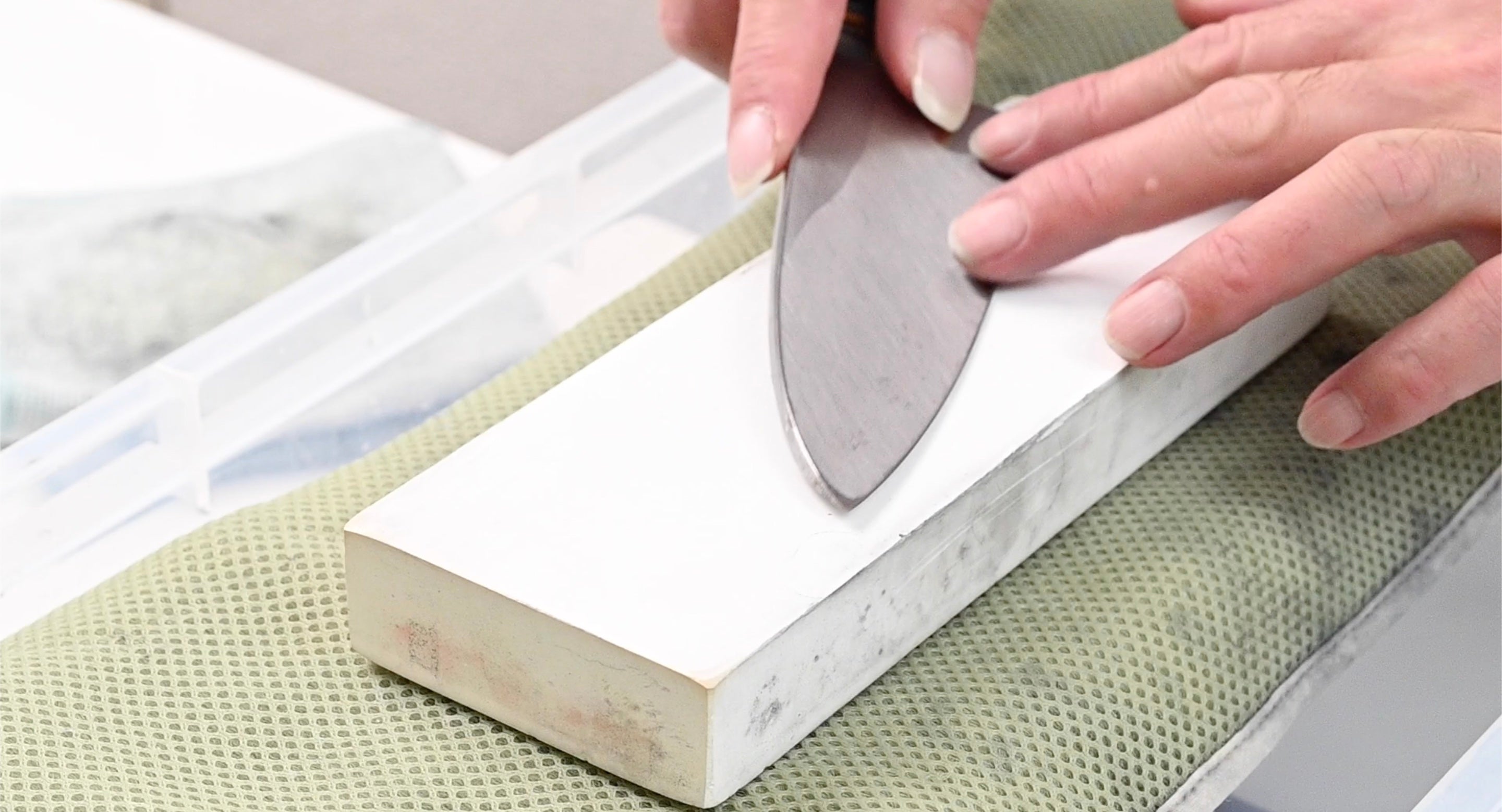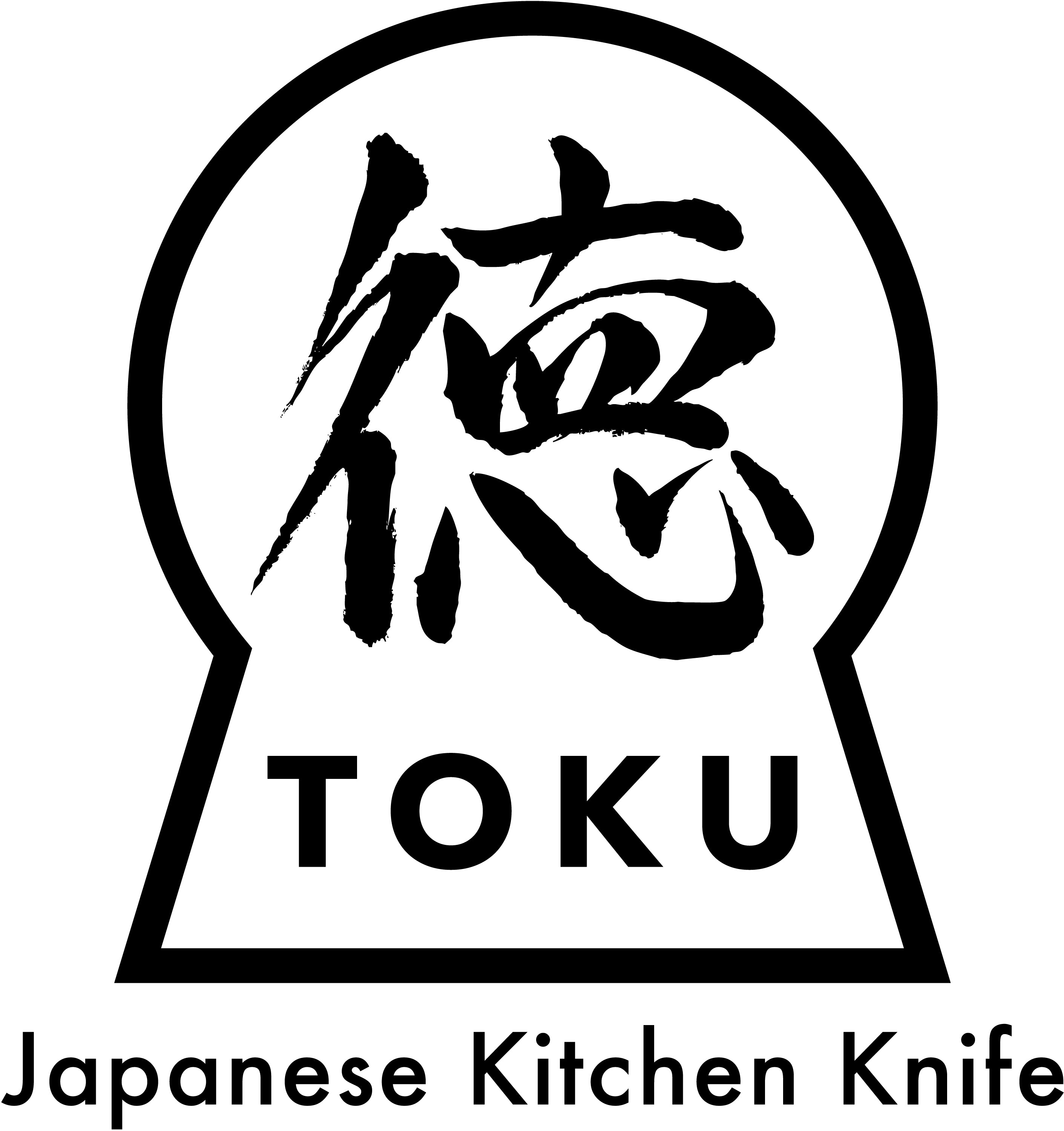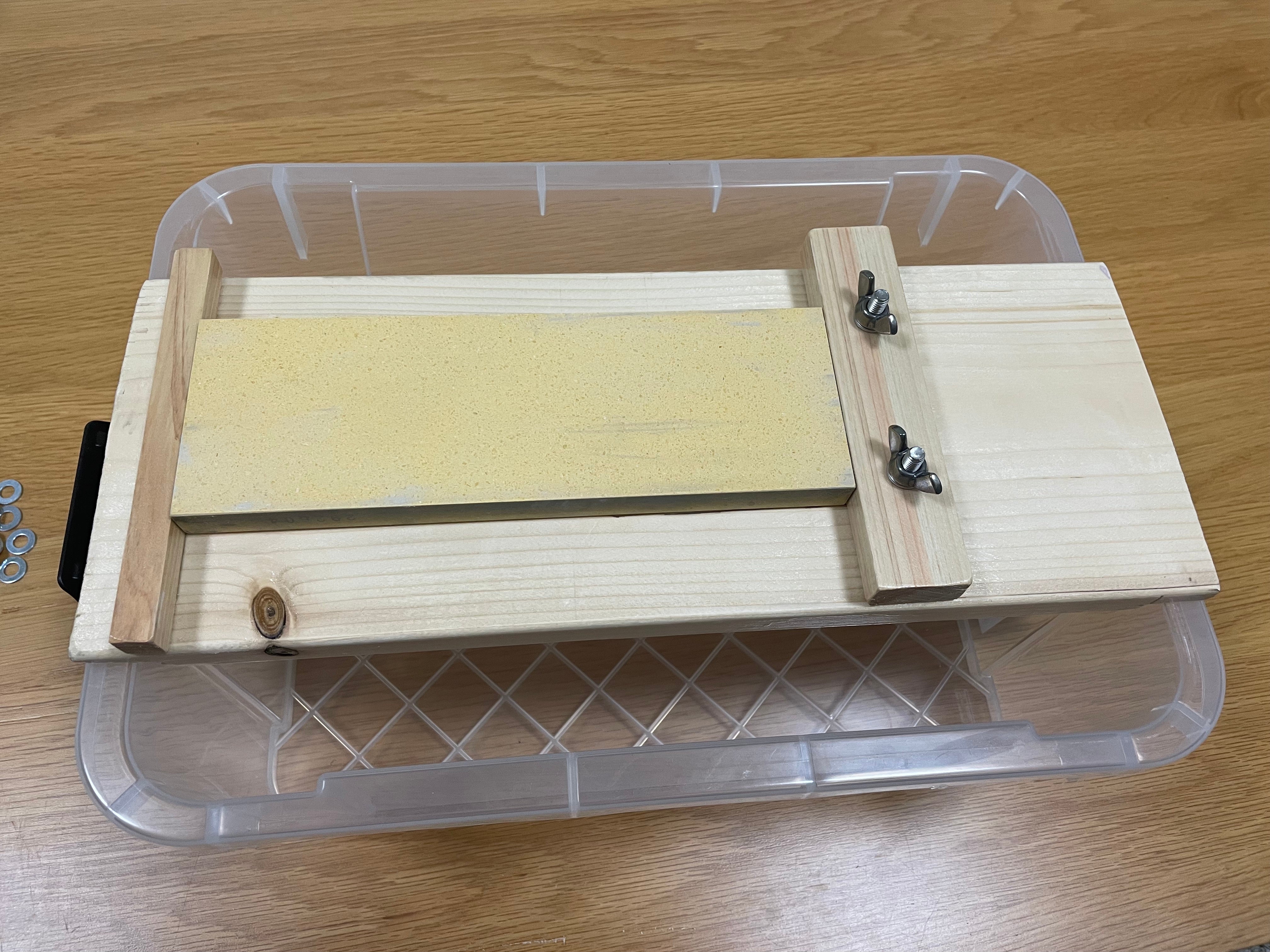
[2024] Knife Sharpening Seminar
I am Okudaira, the owner of "Japanese Kitchen Knife TOKU''.
We want to sell knives made in our hometown of Sakai, Osaka, so we purchase and sell knives made in Sakai from a knife manufacturer in Sakai.
We don't just sell knives, we visit a number of blacksmiths and bladesmiths in Sakai to help our customers understand knives, experience the actual work, and hear from the craftsmen. I'm here. In addition to Sakai, we also visit Seki in Gifu, Tsubame-Sanjo in Niigata, Tanegashima in Kagoshima and Katsushika in Tokyo, in an effort to deepen our understanding of the characteristics and commitment of each.
Knife sharpening workshop
This time, we held a knife sharpening seminar through Street Academy.
Since the event was held in a rented conference room, we prepared a whetstone stand that fit the plastic case and had participants sharpen the knives on top of the plastic case.
There were four participants: two men and two women in their 40s to 70s .
Most of the participants had never sharpened a knife before. They were all beginners who had tried to sharpen a knife by imitating what they saw on YouTube but were unsuccessful.
Before the workshop begins, we will ask each participant to show us the knife they have brought with them so that we can determine which whetstone kind to start with.
Since no one brought in a knife with a large chip, it looks like we can start with a medium whetstone.
The seminar will begin with an explanation of the text.
Explaining what you need to sharpen a knife. Explaining how to sharpen single-edged and double-edged knives. Explaining how to straighten the blade. Explaining how to attach the blade. After completing these explanations, we will move on to the actual knife sharpening process.
As expected, the first hurdle was how to hold the knife. It seemed difficult to sharpen the knife at a consistent angle.
The next challenge was how to sharpen the back of the double-edged knife. Sharpening it in the left hand can be dangerous if you are not used to it, so we had them sharpen it with the right hand while turning it over. However, it seemed difficult to apply force when pulling it towards them.
After sharpening the knife with a #1000 whetstone while providing follow-up care, we have you make a test cut to check the sharpness. If there are any areas that have not been sharpened cleanly, we will have you sharpen the entire knife again.
Starting with those who had completed the #1000 sharpening, we had them sharpen it in the same way with the #2000 whetstone.
This is to let you know the difference in sharpness due to the higher grit. Most people probably have whetstones with a grit of around #1000 at home, so there are probably few opportunities to sharpen with whetstones other than #1000 . So, I also wanted to use this opportunity to let you experience the difference in sharpness of a knife sharpened with a whetstone other than #1000 .
The impression from the person who actually sharpened the knife was that it was hard to tell if it was being sharpened because the burrs became smaller as the grit size increased. However, I think that by knowing the difference, the size of the burrs, you will be able to judge whether the knife is being sharpened or not.
During the two- hour workshop, all of the knives that each participant brought were sharpened.
Some people even had two knives, so I learned how to sharpen them, and when I thought about how I had sharpened two knives, I wondered if the course fee was too cheap. (laughs)
The purpose of holding these workshops is to enable people to sharpen their own knives, so that they can always maintain the sharpness of their knives and enjoy delicious food.
Of course, if you sharpen the knife yourself, it may no longer cut satisfactorily or the edge may become uneven, so it is best to have it resharpened at a specialty knife shop regularly, such as once a year.
By visiting our shops to sharpen knives and holding seminars like this one, we can get a good idea of how people use their knives. Some people use them in ways they never imagined, while others don't even know how to use knives at all.
However, I hope that through seminars and blogs I can correct these preconceptions and incorrect knowledge in the right direction.
Sharpening knives takes some getting used to, but if you are sharpening a household knife, it is not difficult at all, so I would encourage you to give sharpening a try.
Let's go to a knife store!
If you don't understand it until you see it, go to a knife store and try holding a knife. However, most stores do not allow you to try cutting the knife, so you cannot check the sharpness before purchasing.
"Japanese Kitchen Knife TOKU'' does not have a store, but we set up stalls at events, so please feel free to stop by if we have one in your area.If there is no knife specialty store nearby, it is a good idea to purchase from an online knife specialty store.
"Japanese Kitchen Knife TOKU'' has posted a video showing the actual cutting process, so please use it as reference.



Leave a comment
This site is protected by hCaptcha and the hCaptcha Privacy Policy and Terms of Service apply.